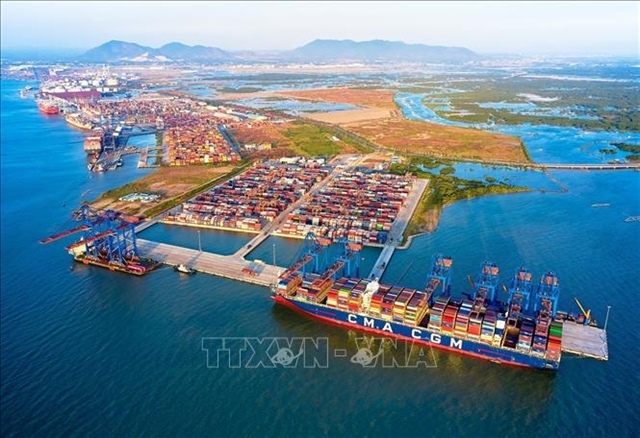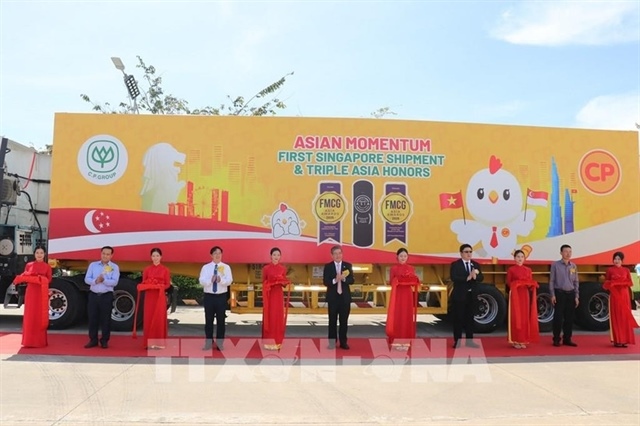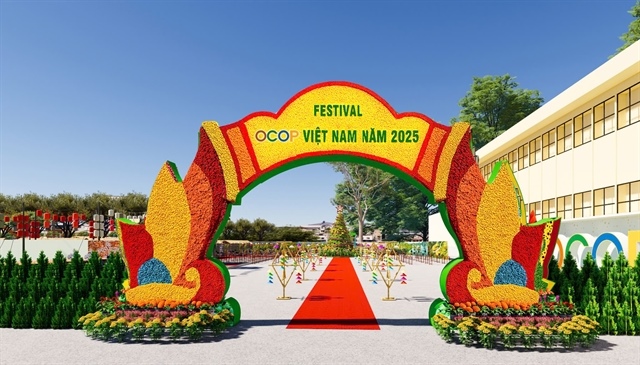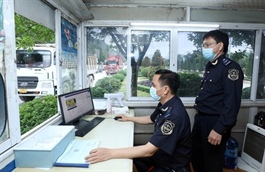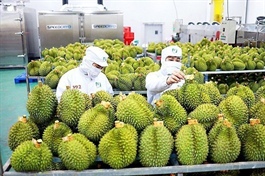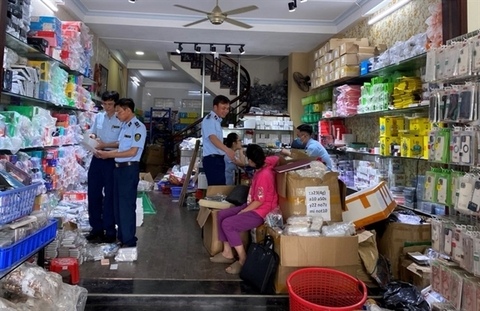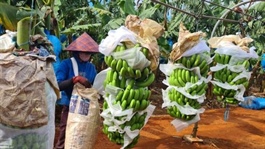An Giang seeks to develop value chain of products from lotus silk
An Giang seeks to develop value chain of products from lotus silk
The International Union for Conservation of Nature Viet Nam (IUCN) in cooperation with An Giang Province in the Mekong Delta has launched a project on developing a sustainable value chain of products from lotus silk, with the financial support of The Coca-Cola Foundation (TCCF).
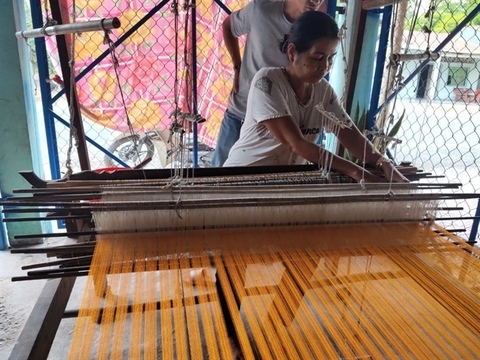
Farmer weaves lotus silk in the Mekong Delta province of An Giang. — VNA/VNS Photo |
The organisation has recently held a workshop to introduce the project to relevant stakeholders, focusing on the role of flood-based agriculture, the value chain for flood crops such as lotus and, in particular, the added value that can be developed from lotus silk.
The project's goal is to promote flood-based livelihoods using lotus cultivation to support flood retention areas and restore some of the four billion cubic metres of water retention that was lost between 2000 and 2011 in the Mekong Delta.
It will develop lotus silk making as a sustainable occupation for local communities, especially women.
The project will be implemented in the three provinces of An Giang, Dong Thap and Long An from now to 2025 with the objective of providing farmers with technical and financial support and training to cultivate lotus-based livelihood to increase flood retention areas.
The project will also seek to build a sustainable supply chain for lotus silk products by supporting market access and livelihood improvement for lotus farmers and crafts-women in traditional weaving villages.
Through this project, IUCN will collaborate with local partners to support 120-hectares of lotus cultivation; conduct training on lotus fibre extraction and weaving; conduct research on biodiversity indicators and carbon sequestration in relation to lotus; and mobilise businesses to support lotus silk product design and market access.
This new project continues the support that was provided by TCCF in training over 1,000 farmers on various low risk and profitable flood-based livelihoods, both outside and inside high dykes across the three provinces.
It will also develop the capacity of lotus farmers to retain greater value from the fibre market by producing high value lotus silk.
Lotus plant parts such as seeds, leaves, buds and roots have been harvested with proven economic value and used for medicinal herbs, cosmetics, and as daily food. However, the main part of the lotus plant – the lotus stem from which fibre can be extracted – is rarely used.


